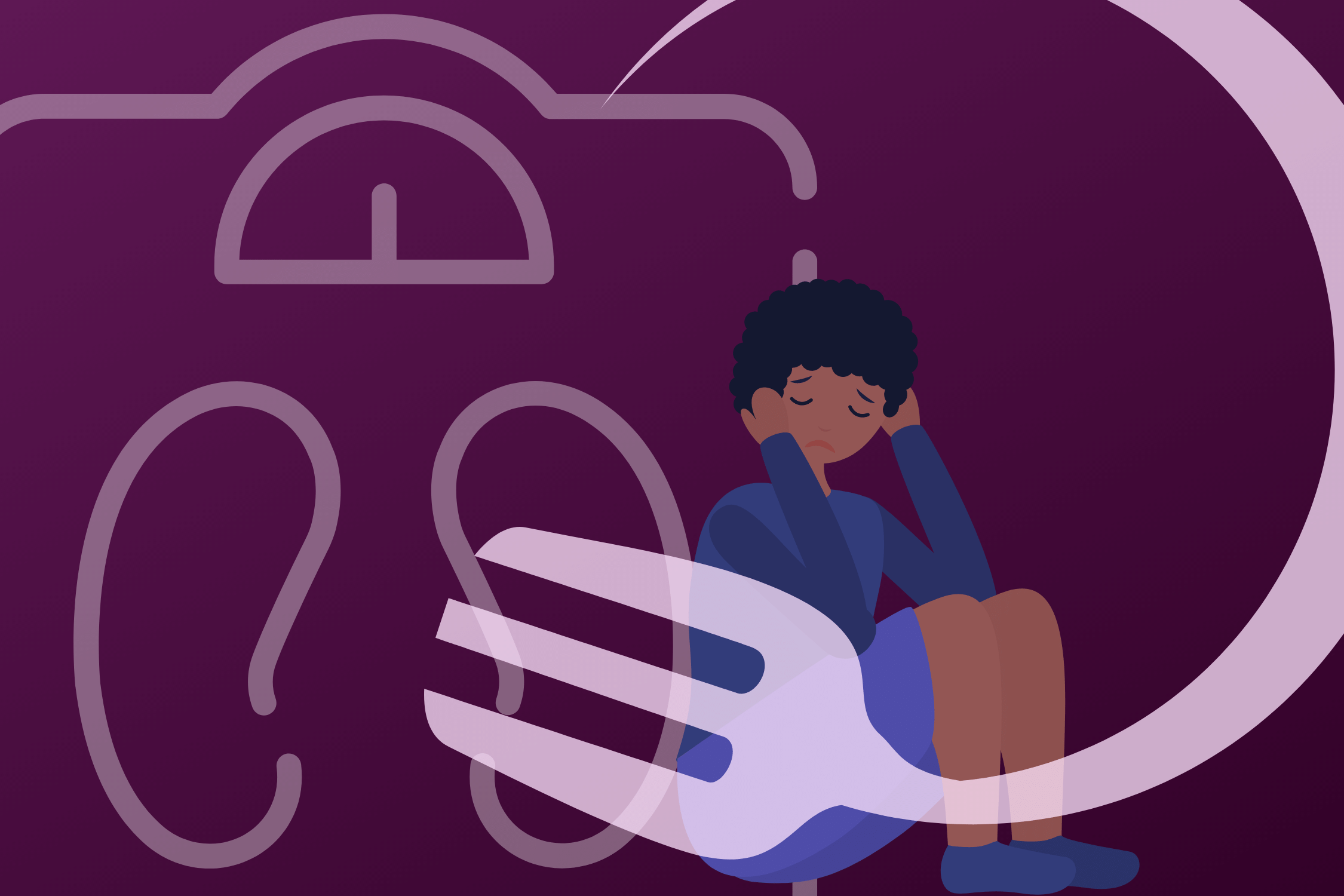
Eating Disorder Awareness Month | Graphic by Dylan Collison | The Wright State Guardian
Feb. 21 through 28 is known as Eating Disorder Awareness week in the U.S., shedding light on the 9% of Americans who are diagnosed with an eating disorder at some point in their lifetime.
Types of eating disorders
There are three major types of eating disorders that a person may be diagnosed with: anorexia nervosa, bulimia nervosa and binge eating disorder.
“People with anorexia nervosa typically weigh themselves repeatedly, severely restrict the amount of food they eat, often exercise excessively and/or may force themselves to vomit or use laxatives to lose weight,” said the National Institute of Mental Health (NIMH) on their Health Topics website regarding eating disorders.
NIMH defines binge eating disorder as a disorder where individuals lose control over there eating and indulge in very large amounts of food in a short timeframe, while bulimia nervosa is a type binge eating disorder where people compensate for their binge by purging, excessively exercising, fasting or laxative usage.
Eating disorders among college students
A large portion of Americans who suffer from eating disorders are adolescents and young women.
“Starting at a new university can create a wide range of situations that precipitate eating disorders in susceptible individuals through stress, high standards, dysfunctional relationships, low self-esteem, feelings of helplessness and intense dissatisfaction with the way they look,” said Wright State University (WSU) Counseling and Wellness Services (CWS) in the American Psychological Association Practice Directorate Publication.
According to the NIMH, eating disorders impact over 28 million Americans throughout their lifetime and are the deadliest form of mental illness in the United States.
“10,200 deaths each year are the direct result of an eating disorder—that’s one death every 52 minutes,” said the National Association of Anorexia Nervosa and Associated Disorders (ANAD) on their Eating Disorder Statistics webpage.
WSU CWS lists the following as common symptoms of an eating disorder:
- Distorted or poor body image
- Excessive exercise
- Irregular heartbeats
- Dehydration
- Feeling like eating is out of control
- Fear of eating in public
- Constantly making excuses for eating habits
CWS offers support for students who are or believe they may be struggling with an eating disorder.
To make an appointment, call 937.775.3407 between 8:30 a.m. and 5:00 p.m. Monday through Friday and provide your name, UID and phone number.
Students may also visit the CWS website to access services available on campus.
